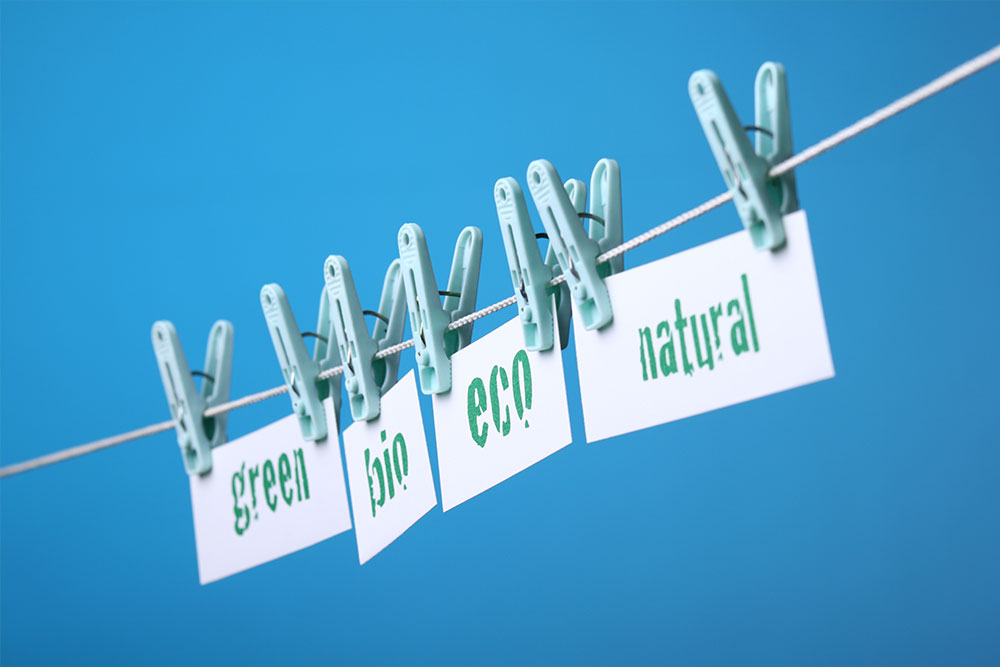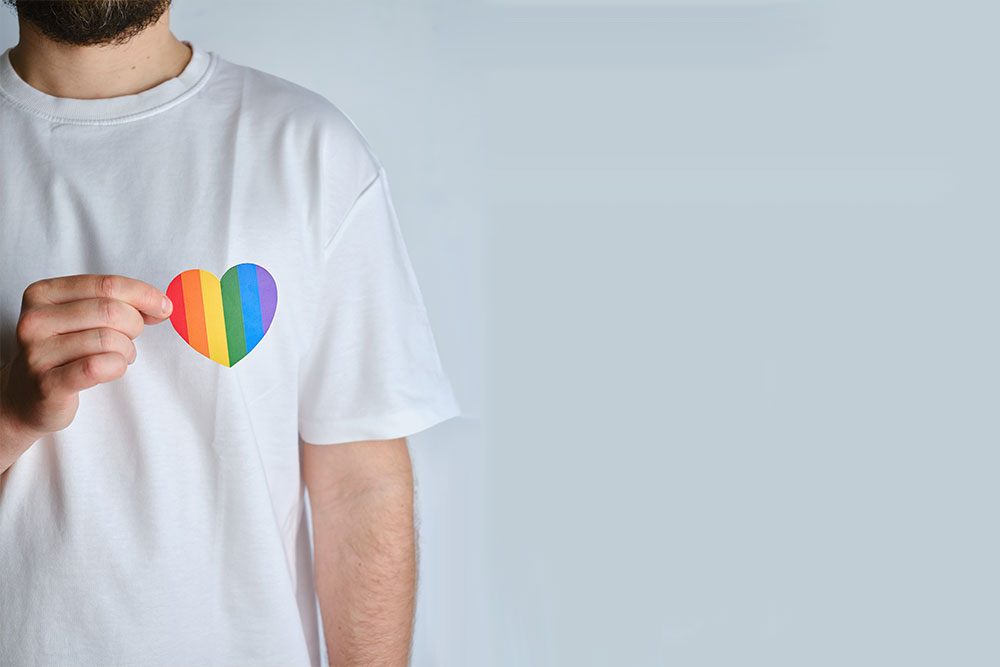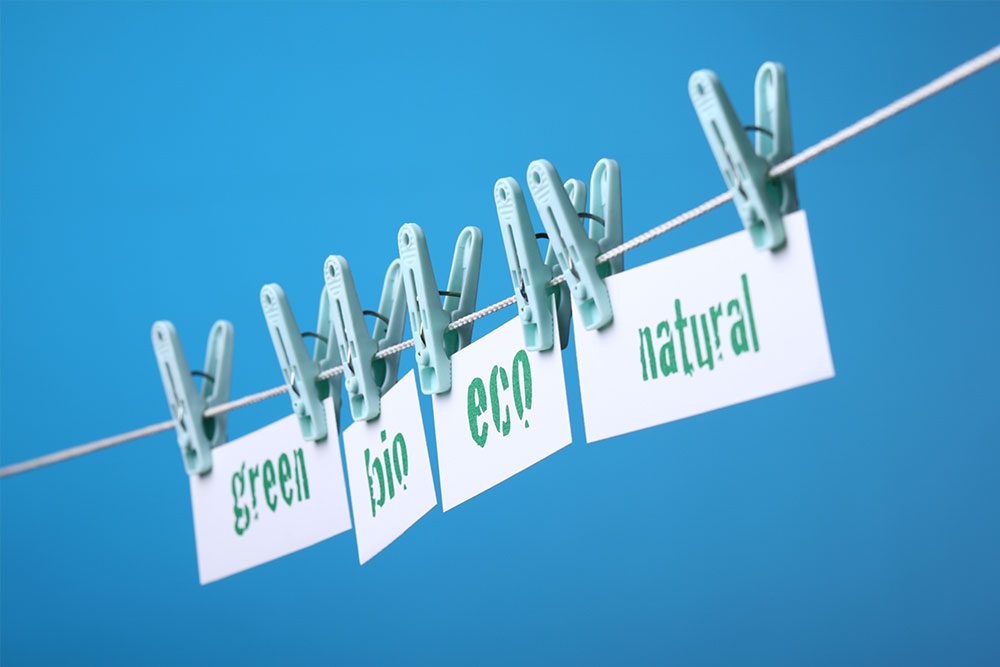The use of eco-friendly materials and environmentally friendly production processes is often what many look for in a “sustainable” brand. Sustainability, however, goes well beyond the use of green tools and materials. It is also meant to extend to how sustainable a business is on its social and humanitarian fronts. In the same way, when we talk about greenwashing, it tends to take different forms as companies try to camouflage various problematic practices.
What is greenwashing?

As a whole, greenwashing basically referred to a practise followed by brands by providing misleading information about its sustainable business practices in order to mask unsustainable and harmful practices, often ones that end up harming the environment. The term, which has been increasingly used in recent years with reference to environmental damage, was first coined in 1986 by environmentalist Jay Westervelt, back when tobacco companies argued against the fact that tobacco causes cancer in the 1950s and 1960s. Today, the practise of greenwashing has taken many forms, helping companies camouflage not just environmental but also socially problematic practices.
Different Forms Of Greenwashing
Pink Washing

The term Pink Washing refers to an LGBTQIA version of greenwashing. It’s when a brand portrays an image of being a supporter of the LGBTQ+ community without actually helping the cause in a real way. A very common pink washing or queer-baiting practise is how almost every brand created a rainbow hued collection during Pride month, or even otherwise. It’s only when one digs deep, we know whether or not any real support goes in working for the community of not.
Blue Washing

Blue washing means when organisations sign up for the UN global compact in order to use their association with the United Nations for the image of an ethical overall business. The UN global compact program requires participants to follow its ten principles focussed on human rights, labour, anti-corruption and the environment.
Social Washing

Think of greenwashing, but a human and social rights version. Social washing is when brands of companies provide misleading information about their social consciousness, for example, human rights, labour rights, labour working conditions and more. Harmful working conditions have been a recent topic of concern as incidents like the Rana Plaza factory collapse and reports of forced labour and human rights violations being perpetrated on the Uighur community in the Xinjiang region of north-western China. Social washing also extends to issues of gender inequality, racial discrimination along with labour rights.
How To Spot It

Certifications
Look for recognised and trusted certifications like Global Organic Textile Standard (GOTS), B-Corp, and Fair Trade Certified for your garments. Avoid certifications designed by brands themselves to market garments as sustainable.
Lack of Transparency
If a brand fails to provide all details about a product’s origin or production processes, there isn’t enough transparency to prove whether or not it’s as sustainable as the brand claims. Look for complete transparency on all fronts when it comes to the product you’re about to buy, to make sure the product is as sustainable as you expect it to be.
Vague Details
When it comes to sustainability, it’s all in the details. For example, just mentioning “This product was made sustainably” is not enough, look for more details, like whether or not they pay minimum wages to labour, exactly what materials were used to make it, etc.
Irrelevant Spotlight
This is when a brand uses irrelevant details to market a product’s sustainability. For example, glorifying details like paying minimum wages or not using child labour, when something like that is a minimum legal requirement, defeats the purpose of sustainability as a whole.